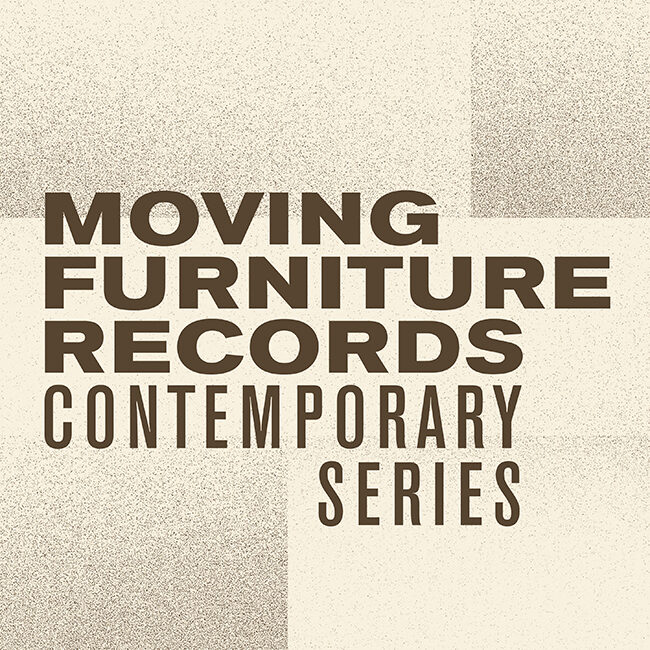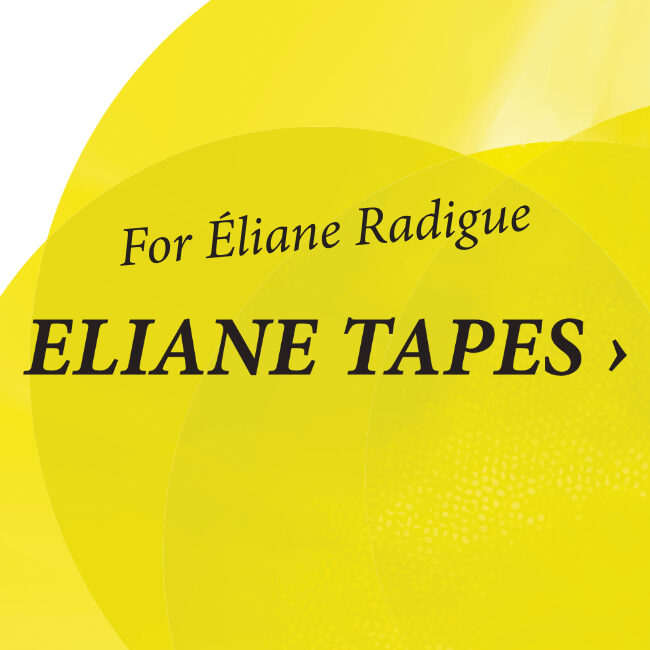Stefan Thut’s process based compositions carry determined, yet unpredictable elements in their sonic resulting outcomes. The Swiss composer not only composes for the classically known acoustic instruments; he also makes use of quotidian sounding materials, such as cardboard and paper. Focus on the box, for Thut, means to bring forth the spatial and resonant characteristics of the form, the tactile aspects of the paper of board and the spaces contained within boxes versus the room outside of same said box.
As a member of the Wandelweiser group of composers and performers Stefan Thut invites close listening, working with spaces between notes or sound events and a definite organic quality in composed elements merging with the sounds of the everyday – all systems open.
Moving Furniture Records now release ‘ABC 1-6’ as performed by Cristian Alvear, Cyril Bondi and D’Incise. In the piece, which clocks in a little over 47 minutes in length Thut presents a work that evolves around “faintly coloured noise”, “an amalgam of noise and pitch” and “a pitch”, so the composers says. The structure is, one might say: of course, open ended and ever changing.
‘ABC 1-6’ juxtaposes white noise and environmental sounds, the latter colouring the whiteness of the noises, on record that is. And upon playback these slightly toned noises mesh yet again – now with the ambient sounds and noises in the playback space, adding yet another layer or touch of colouring. This coloration is not per se extremely exuberant, but it’s definitely present, offering interesting, though quite subtle shifts in intonation and tonal perception. Thut sees and hears this as his baseline, point zero, t=0, starting point. When working from there, he encounters a “fundamental step in determining further a sound.”
Thut adds acoustic instruments; tools to produce sounds. These ‘scream’ for attention by cutting a way through the fogs of white and other colours of noise. These make themselves heard. And in this making-heard, the ear focuses on these acoustic tool-sounds immediately, suppressing the attention for the soft spoken, barely there granular noise (moving from centre stage into the decor back ground).
From these sounds being heard, picked up, in focused attention with the listener, Thut then highlights the chosen pitch(es), from amongst the noises and above that, the multitude of sounds produced. But his structure is never this linear, nor predictable. Lines cross over, run backward, seem to feedback on each other. Pitch dissolves rapidly into thin noise of near silence. Strings activated slowly hover towards just notable difference in volume while soft rasping touches on a drum’s skin caresses the ear away from a shimmering drone tone towards a small gesture which presents itself as a major aural force in the paired down sound field of the composition.
Merging, leaving alone, single focusing or smears in mixing, divergence and convergence are constantly questioning relative relations between the sonic materials, the performers and the cues given (or not given) by the score. Where do we go from here? If we go at all. And what do I hear? Or how? Or – better still, maybe, too – am I listening, and not (just) hearing?
Does this becoming, growing awareness take time alone? To me it seems like the record begs for multiple performances, varied playback locations, opening and closing of windows, headphones off and on listening, close attention and playing as a backdrop to conversation and everyday living et cetera. A record that is, to live with; a composition not per se as ‘ameublement’, but like a good work of art hanging on your wall, catching your eye and your mind’s eye, heart, soul at yet another angle every time anew again and again. The more you know, the more you know how little you know – and in a way I’m still not quite sure if ABC 1-6 let’s you get any closer or enlarges the riddle with every new encounter. Like learning to read and count anew. And time and time again doing your homework by saying your ABC’s and 123’s over and over, only to learn there’s literature and poetry too; there’s math too…
Review by Sven Schlijper-Karssenberg
[bandcamp width=100% height=120 album=1931518145 size=large bgcol=ffffff linkcol=333333 tracklist=false artwork=small]
Find the original review here: http://vitalweekly.net/1076.html



